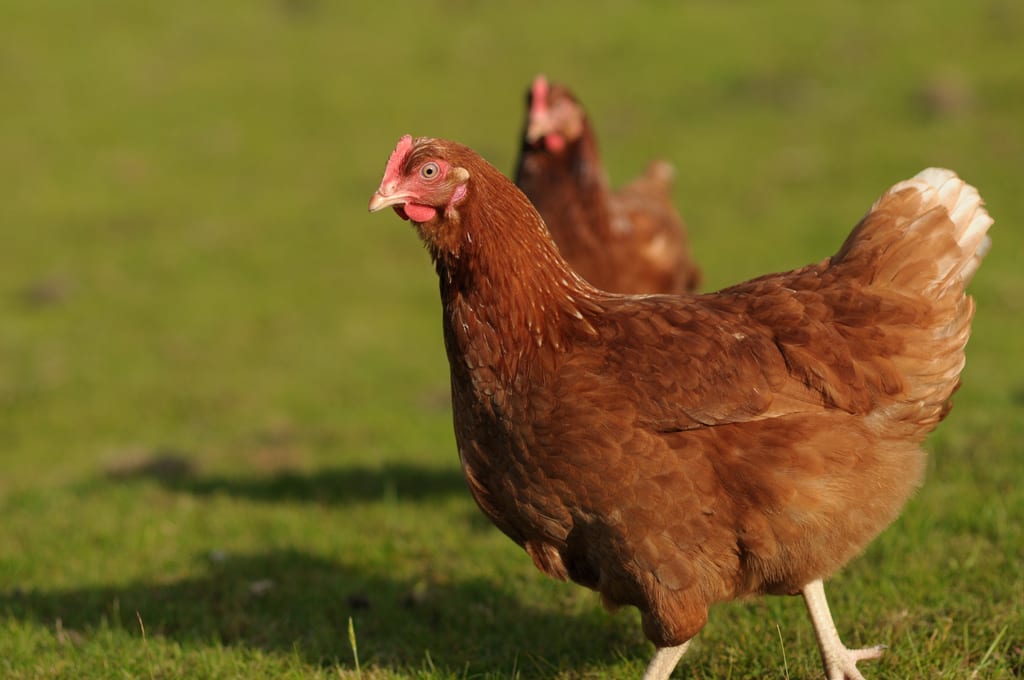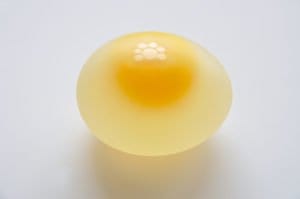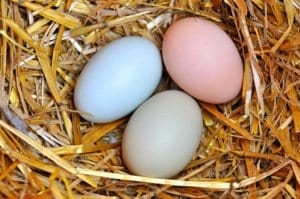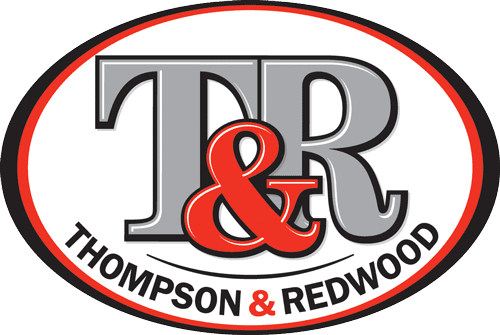
01 Jun The Two Most Important Feed Nutrients for Egg Production
~ By Daniel Goussac ~
What are the two most important nutrients for achieving a good egg production? It’s not often these days that the two most obvious answers that come to anyone’s mind – Protein and Calcium – are the correct answers, but in this case, they are! The full answer is, as usual, a bit more complex, and we will try and elaborate a bit in the next few paragraphs.
We all expect hens to produce somewhere between 4 and 6 (or more) eggs per week, depending on their age. Modern layers can produce this volume of eggs, subject to getting an adequate and balanced diet.
Each egg contains a significant amount of protein. The egg shell is made of almost pure Calcium Carbonate crystals – a mineral extremely rich in Calcium.

The rule of thumb to divide an egg is:
60% egg white, 30% egg yolk, 10% shell
Let’s start with the egg white (also called Albumen) and yolk, excluding, at this stage, the shell (this will be referred to later).
The egg white contains 10% protein (and around 87% water).
The egg yolk contains 16% protein (as well as 32% fat and 50% water).
If eggs were an industrial product, the label on 60 gram egg cartons would, therefore, indicate:
Protein [/egg]: 6.50 gram
3.6 gram provided by the egg white and 2.9 gram provided by the yolk
Back to our hens. Their daily feed intake is, typically, 100 grams of feed (all figures are rounded, for convenience). Too little dietary balanced protein consumed by the hen will cause depressed egg production. Furthermore, the hen needs protein for her own maintenance and body building (first priorities), in addition to the amount required for her egg production.
Summary so far – the layer will need a net protein intake of at least 12-14 grams/day. Accounting for the inefficiency involved in converting vegetable protein into body tissues or eggs, the modern hen needs at least 15-16% protein in the 100 grams of feed consumed by her, daily.

This is almost, but not quite, the end; the protein itself must be well balanced in terms of its composition. All proteins are made of amino acids. Some of them can be self-synthesized and others – called essential amino acids – must be provided externally via feed. The first three essential amino acids are Methionine, Cysteine (actually, a combination of the two) and Lysine. A minimal amount of each amino acid should be provided to the hens so they can achieve an optimal egg production.
So, back to Calcium.
A typical egg shell weight is 6 grams (10% of a 60 gram egg). It is made of almost purely Calcium Carbonate (CaCO3) crystals, and therefore contains 40% Calcium.
In other words, an egg shell contains around 2.5 ams of Calcium. This amount (and more – around 4 grams – again due to inefficiency of converting feed Calcium into shell) is required for a good egg production and good quality of the shell. The hens usually have a Calcium reservoir in their bones which they can use, but it is fairly small; around 20 grams. It is rapidly depleted in the absence of a sufficient amount in the feed eaten by the hen. It is, therefore, extremely important to provide them with 4 grams of Calcium, (4% in 100 grams of feed), daily.
All T&R poultry feeds have been formulated to meet these nutritional requirements and for optimal animal health. You can view the feed specs of each specific poultry feed at our website.



Pingback:Feeding your Chicken throughout the Lifecycle - Thompson and Redwood
Posted at 03:11h, 08 May[…] Much of it will come down to what you want to do with your chickens, and whether they require a supplemental feed on top of scavenging, or a complete feed. As explained by our Poultry expert Daniel Goussac, protein and calcium are the two most important nutrients when it comes to egg production. […]